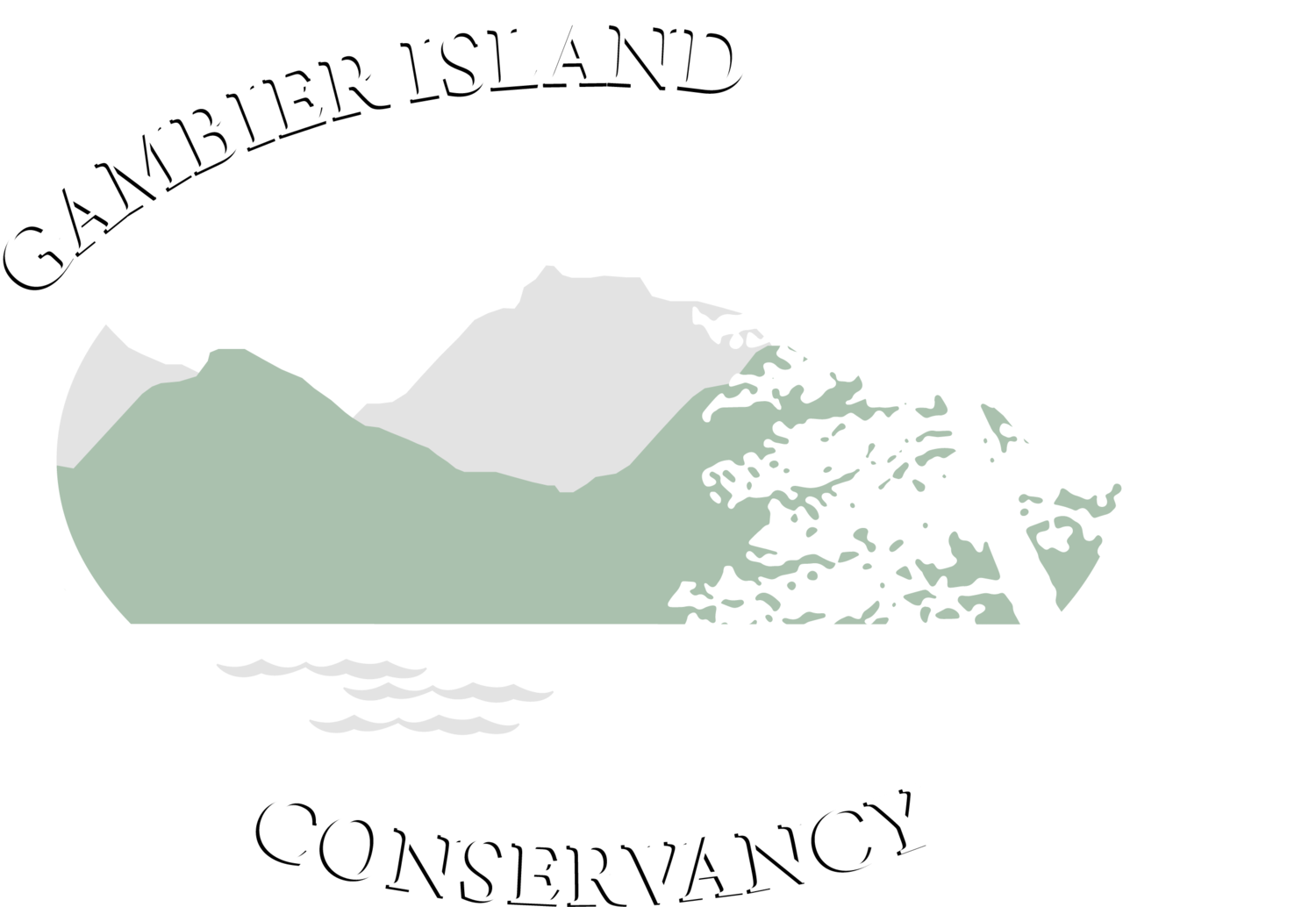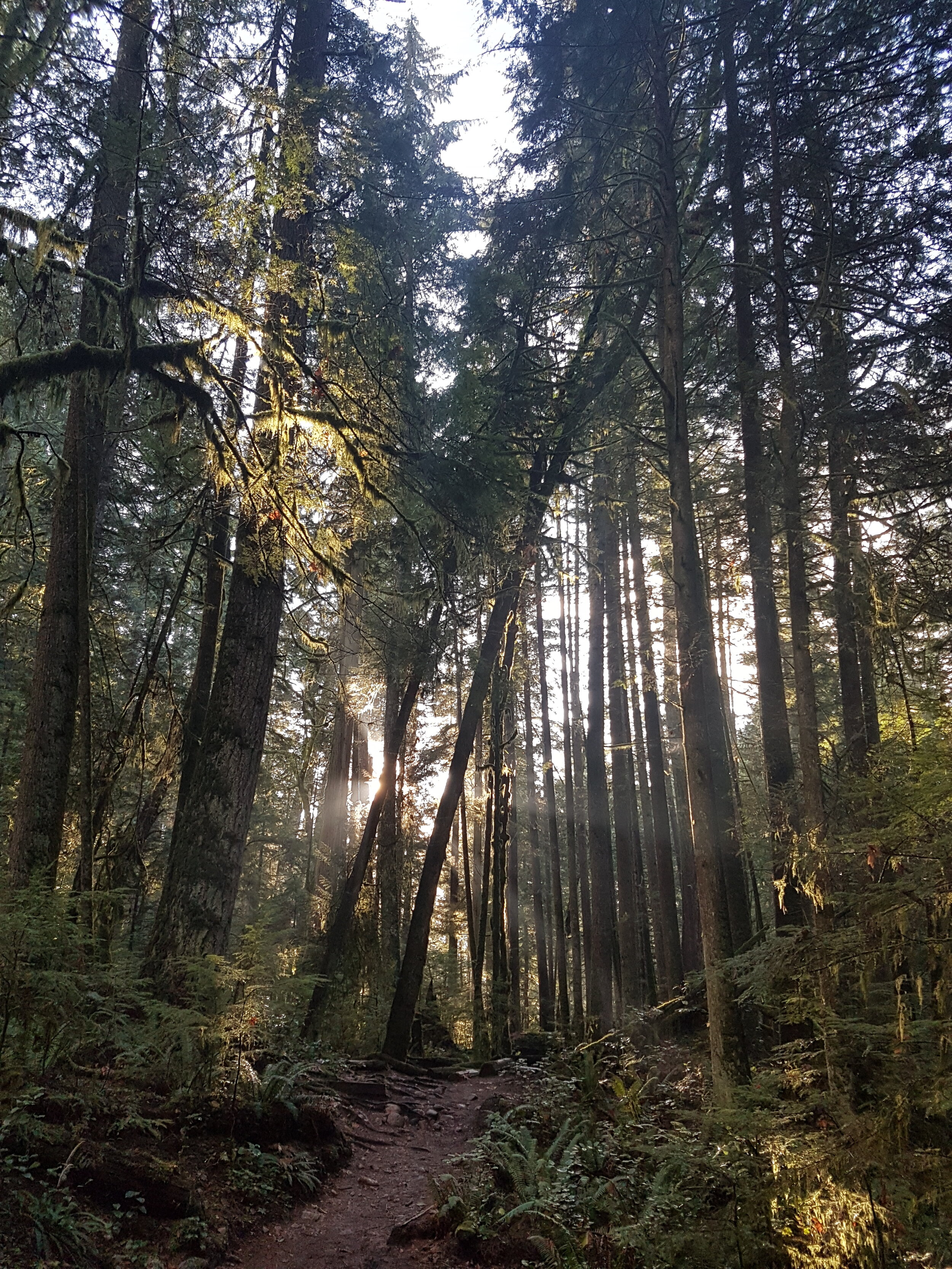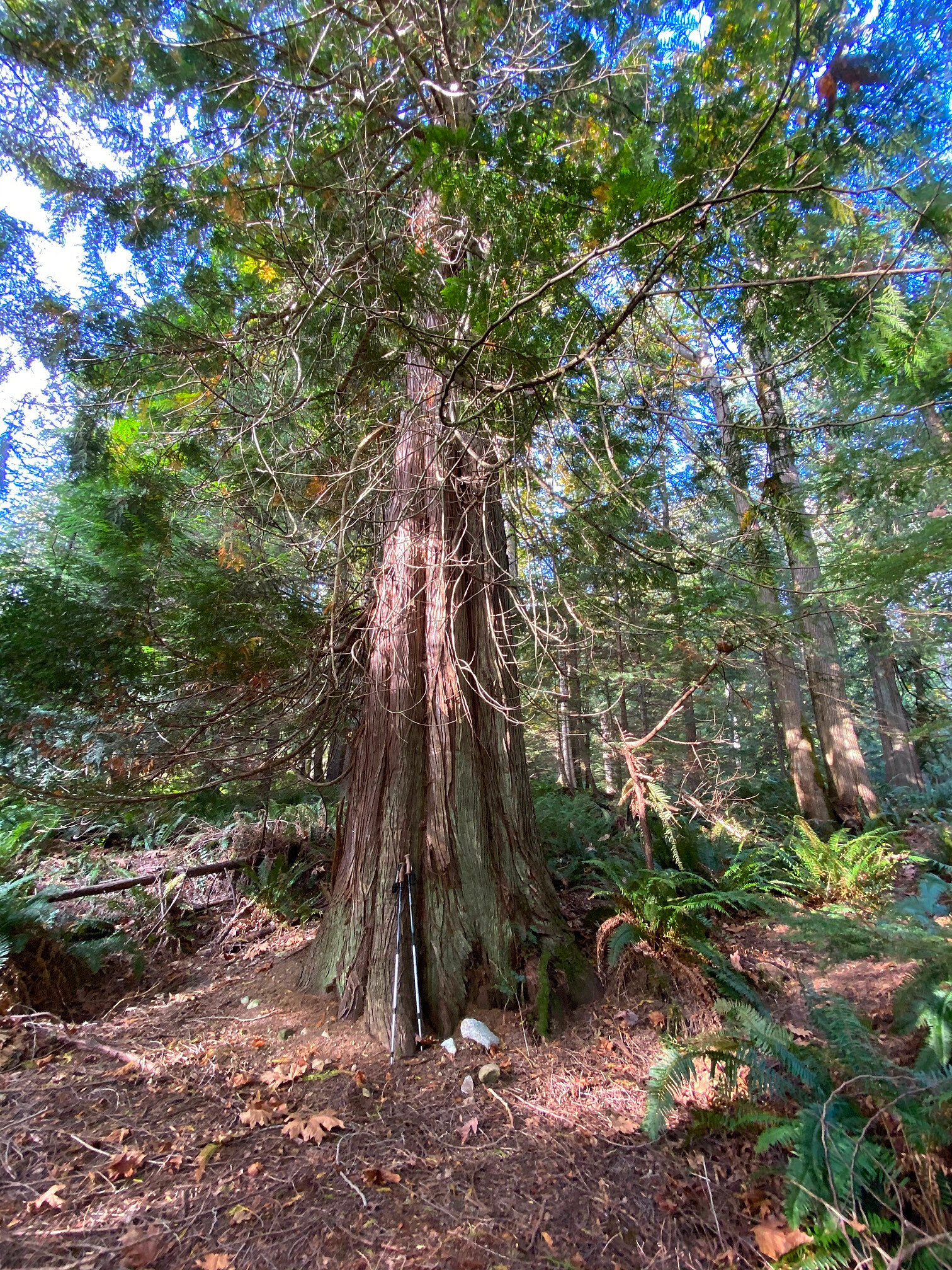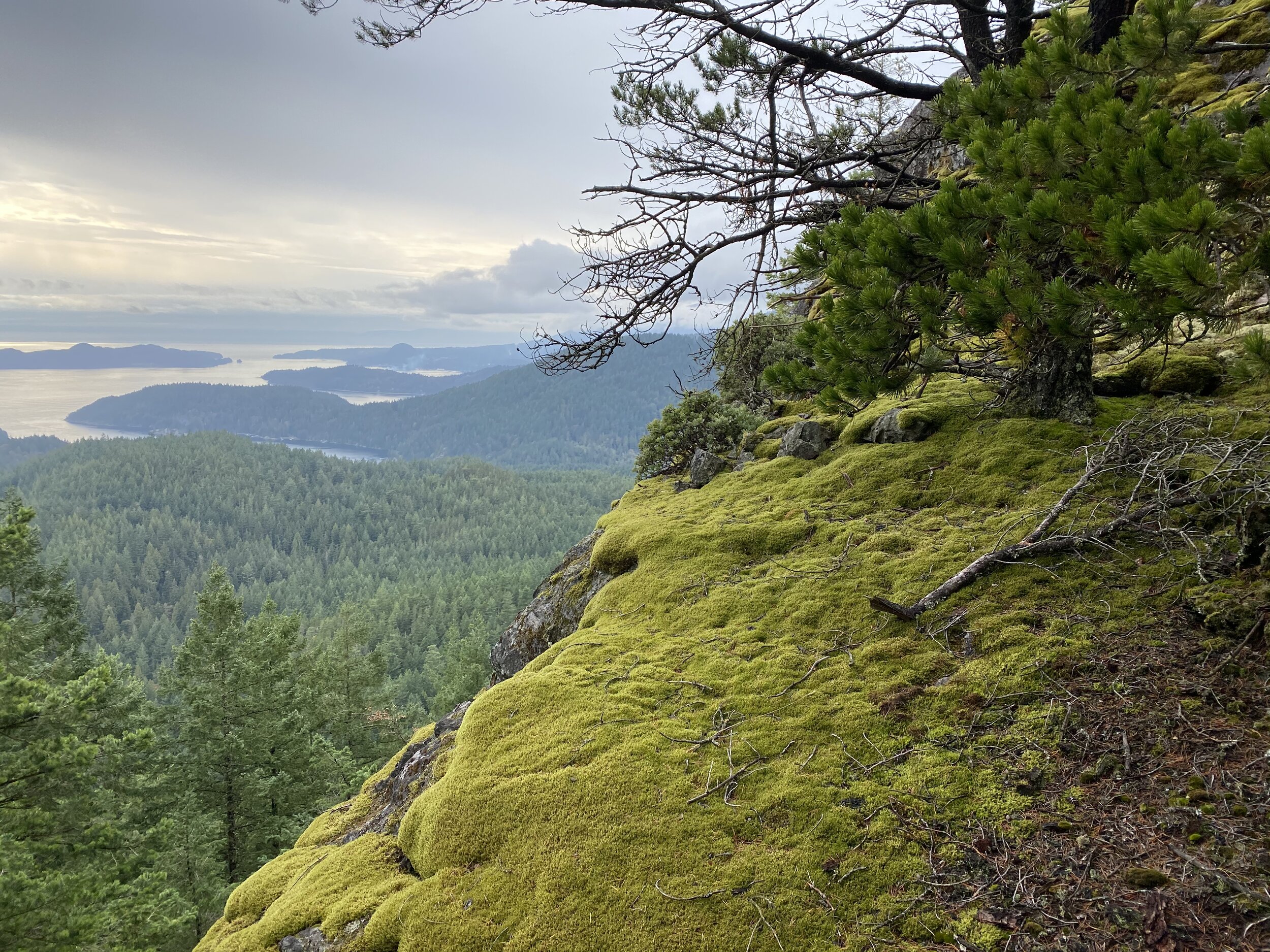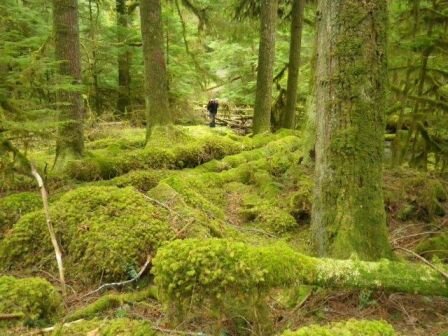Old Forests and other sensitive ecosystems
Terrestrial Ecosystems
An ecosystem is a system of living species interacting with their non-living environment. Some ecosystems rely on a delicate mix of species and conditions that are easily affected by human activities. These ecosystems are termed "sensitive". Sensitive ecosystems are rich in biodiversity and rare.
Old forest ecosystems are vital in the world's fight to combat air pollution and climate change: absorbing carbon dioxide, releasing oxygen and cleaning the air. Current research shows that coastal forests in British Columbia store between 600 and 1,300 tonnes of carbon per hectare, with more captured each year. Old forest ecosystems represent an important and dwindling piece of our natural and cultural heritage. In addition to supporting high levels of biodiversity and vital habitat, old forest ecosystems provide important economic benefits through recreation and the harvesting of non-timber forest products such as wild mushrooms and salal. (Islands Trust Conservancy)
Read more here about the different types and mapping of sensitive ecosystems.
Gambier's forests include most of the conifers common in the coastal rainforest. The biggest is the Douglas-fir, named after the explorer-botanist David Douglas. "Doug" firs are usually found in relatively dry areas of forest. The old-growth Douglas Fir on the Woodlot at Andy’s Bay tree measures 13.72 mtrs. and is listed on the UBC Big Tree Registry.
In damper areas, you find Western Red Cedar (its stringy bark and foliar scales are distinctive), and Western Hemlock (watch for its drooping to leader). The most common native deciduous trees are Bigleaf Maple and Western Red Alder.
Forest habitat is noticeably different near the shoreline, especially where the trees are exposed to strong inflow winds. Here you may see Arbutus, a deciduous tree with distinctive gnarled branches and peeling red bark, and Western Shore Pine.
